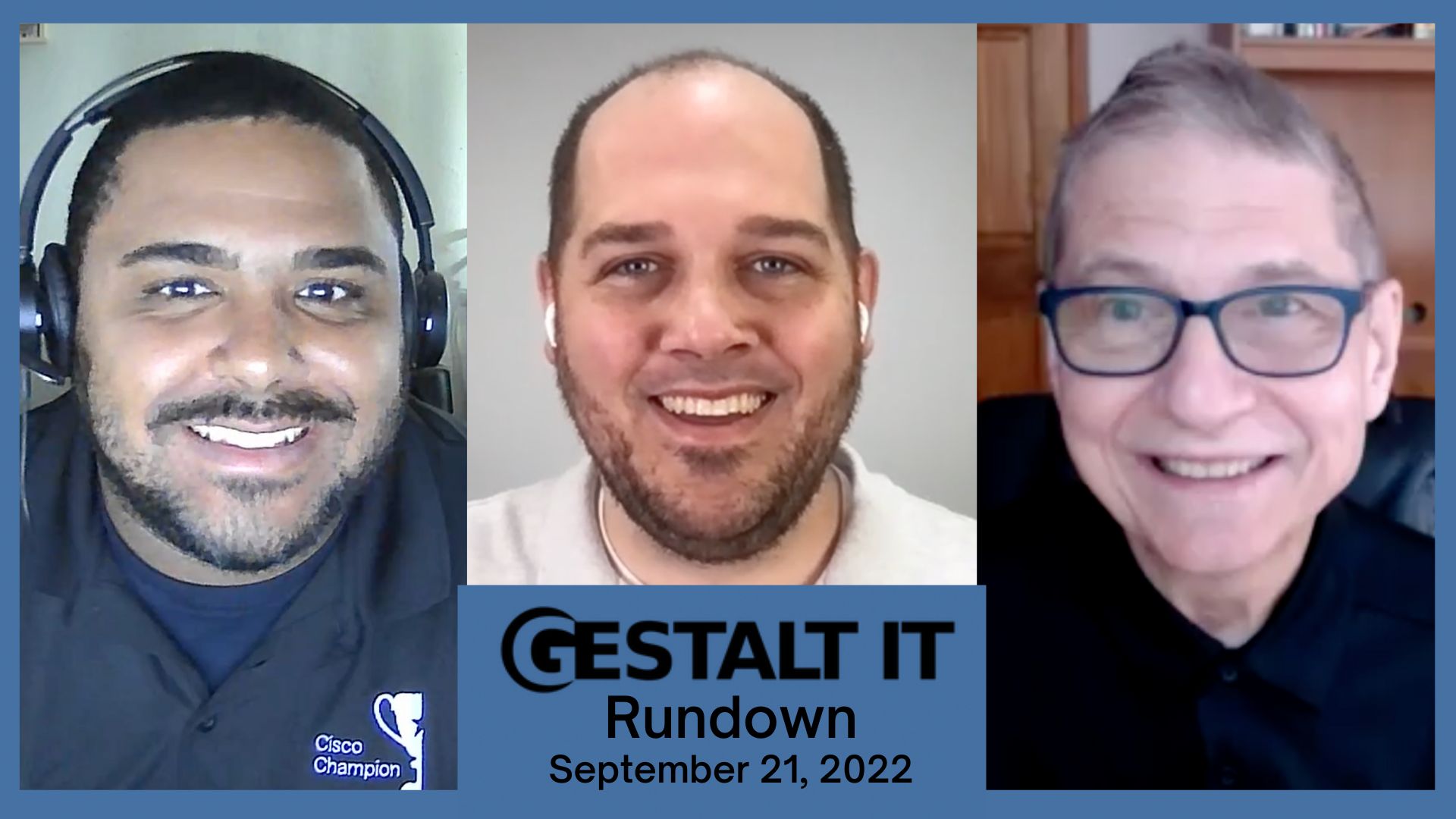The US Regulators gave the ORACLE purchase of SUN a go ahead several weeks ago, but EU Regulators are still actively looking at Antitrust laws with the possible buyout of SUN by ORACLE. ORACLE’s (Mr. Larry Ellison’s) quest to own an infrastructure company is becoming true with the purchase of SUN.
But the approvals haven’t stopped Mr. Ellison’s Team from redesigning the SUN ORACLE Exadata platform Version 2 (With SUN ORACLE logo’s on it). A joint venture between ORACLE and SUN has been on for several years now. Today was the day when the new Exadata platform version 2 was presented to the world by Mr. Ellison himself. It was truly visible, that Mr. Ellison is already taking a lot of pride with this acquisition even before its approved.
There was an advertisement earlier this week from ORACLE SUN challenging IBM and all its products and how Mr. Ellison now wants to go after IBM to become the top Infrastructure company. Said that, there are only 3 big infrastructure companies today, IBM and HP going neck to neck in terms of revenues competing for the 1st position, while the pending approval of ORACLE – SUN at number three.
Through it is great to see the vision of Mr. Ellison and how he is internally transforming ORACLE from being a software database company to an Infrastructure company. Today’s announcement of SUN ORACLE Exadata version 2 platform is very unique in that sense. Exadata products has been developed with years of partnership between SUN and ORACLE, but goes to show how both the combined companies can fulfill the datacenter vision END to END.
This platform extensively uses the SUN FlashFire technology and is truly the first OLTP (Online Transaction Processing) System designed to optimize customer data processing using a mix of SUN hardware and ORACLE software. It was very noticeable during the 35 minutes introduction where Mr. Ellison drove the presentation for more than 25 minutes and then handed over to John Fowler, EVP SUN for a technical talk.
Clearly ORACLE is targeting IBM and NCR – Teradata products with the release of this platform. It was obvious in the presentation that Mr. Larry Ellison used the word “THEY” numerous times signaling towards IBM and NCR. Though it was not said during the presentation, “THEY” could include HP as well. At this point without the final approval of the SUN purchase, it wouldn’t make a lot of sense for ORACLE to make another enemy, HP.
Here are some SUN ORACLE Exadata Version 2 platform highlights
- Exadata Version 2 is optimized for OLTP (Online Transaction Processing), first in its kind to hit the market.
- Typically SUN ORACLE Exadata Version 2 should give customers a 50X to 100X better performance than standard data warehousing servers.
- Optimized for Random I/O
- 1M IOPS per system cabinet
- Each system cabinet has 8 Compute servers, 176 total processors, 336 TB of Raw Disk, 5TB of Flash Cache (56 Flash Cache cards), 400GB to total DRAM in the 8 compute servers.
- Intel Nehalem processors, Infiniband switching, FlashCache, 4 Ethernet links per database node.
- Runs Linux System, Oracle manages cache, fully redundant compute servers and storage. On demand capacity expansion as it relates to compute servers, storage or Infiniband switches.
- 1 Node (computer server) is the smallest configuration, large configurations can be 8 nodes in one cabinet or 32 cabinets combined together to massively have 32 Million IOPS or several 100 Petabyte of storage optimized for OLTP.
- Infiniband speed per link is 40 Gbps aggregating to 880 Gbps for a system (cabinet), Non Blocking switch gives a full open & distributed system access for faster processing.
- Power consumption less than Exadata version 1.0 by 14%
- Fastest OLTP system, Fastest Data Warehousing system in the world
- All calculations done in memory (FlashCache), optimizing the system.
- Massively Parallel Processing, the scale out architecture helps and enables easy on demand expansion.
Couple things to note:
- Mr. Ellison calls Flash Disk as Dumb Flask Disk, truly remarkable.
- Also another highlight was to use 56 Flash Cache cards per system (5 TB) and then use 168 x 2TB SATA drives (Possibly 7.2K RPM) to optimize data space (Somehow didn’t make a lot of sense).
Some Questions to Consider :
- Is this a real threat to Storage & Host providers where you have specialized Hardware / Software combination optimizing your performance for certain applications?
- Is this the power of ORACLE SUN that we will see in the future?
- How does this compete with EMC COMPUTE platform (rumors) or the Cisco – EMC Alpine Project (rumors)?
- Does the VCE (VMware – Cisco – EMC) partnership really focus towards the giant to come ORACLE SUN?
- What will happen to the ORACLE – HP partnership if the ORACLE SUN buyout gets approval, what happens to HP – Oracle Exadata?
- Does this create any Antitrust scenarios for the future?
- Is Mr. Ellison’s dream to own the infrastructure end with the purchase of SUN?
Here are some links for references if you would like to read more about Exadata products
http://www.orafaq.com/wiki/Exadata_FAQ
http://www.sun.com
http://www.oracle.com





The Flash + Sata architecture looks pretty similar to the Sun Unified Storage 7000, big flash used as a cache (read, write or both) and big Raid 6 (Raid-Z2) stripes on SATA drives to stage the data.
I didn't catch what OS the Exadata system runs on, I can only hope it's not Linux, it would be a big blow for Solaris.
Where NetApp comes through this discussion? Since this is the most important Storage Partner for Oracle (90% of its Storage at Austin Data Center are NetApp)
In a long run with Larry's vision, things will change.With a 3 way strategic partnership with SUN-ORACLE-PILLAR most likely in the next 6 months…..the landscape will change.
still waiting …
In a long run with Larry's vision, things will change.With a 3 way strategic partnership with SUN-ORACLE-PILLAR most likely in the next 6 months…..the landscape will change.